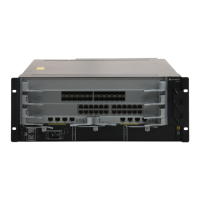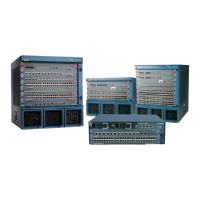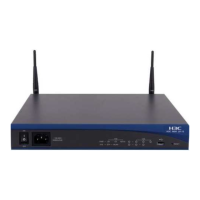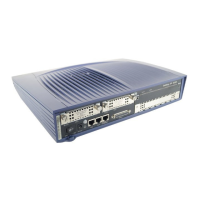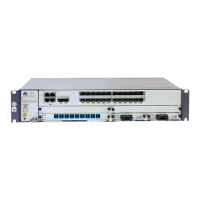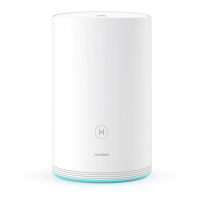Command Conventions
The command conventions that may be found in this document are defined as follows.
Convention Description
Boldface The keywords of a command line are in boldface.
Italic Command arguments are in italics.
[ ] Items (keywords or arguments) in brackets [ ] are optional.
{ x | y | ... } Optional items are grouped in braces and separated by
vertical bars. One item is selected.
[ x | y | ... ] Optional items are grouped in brackets and separated by
vertical bars. One item is selected or no item is selected.
{ x | y | ... }
*
Optional items are grouped in braces and separated by
vertical bars. A minimum of one item or a maximum of all
items can be selected.
[ x | y | ... ]
*
Optional items are grouped in brackets and separated by
vertical bars. Several items or no item can be selected.
&<1-n> The parameter before the & sign can be repeated 1 to n times.
# A line starting with the # sign is comments.
Change History
Updates between document issues are cumulative. Therefore, the latest document issue contains
all updates made in previous issues.
Changes in Issue 03 (2010-09-20)
Based on issue 02 (2010-07-15), the document is updated as follows:
The following information is modified:
l 1.23.7 Example for Configuring Alarm Messages to Be Sent to the Huawei NMS
l 4.3.2 (Optional) Enabling the LLDP Trap Function
l 4.5.1 Example for Configuring LLDP
The following information is deleted:
l (Optional) Enabling the switch to Send All the Non-Excessive Alarms of a Specified
Feature to the NM Station
l (Optional) Enabling the switch to Send All the Non-Excessive Alarms to the NM Station
l (Optional) Enabling the switch to Send All the Non-Excessive Alarms of a Specified
Feature to the NM Station
l (Optional) Enabling the switch to Send All the Non-Excessive Alarms to the NM Station
About This Document
Quidway S9300 Terabit Routing Switch
Configuration Guide - Network Management
iv Huawei Proprietary and Confidential
Copyright © Huawei Technologies Co., Ltd.
Issue 03 (2010-09-20)

